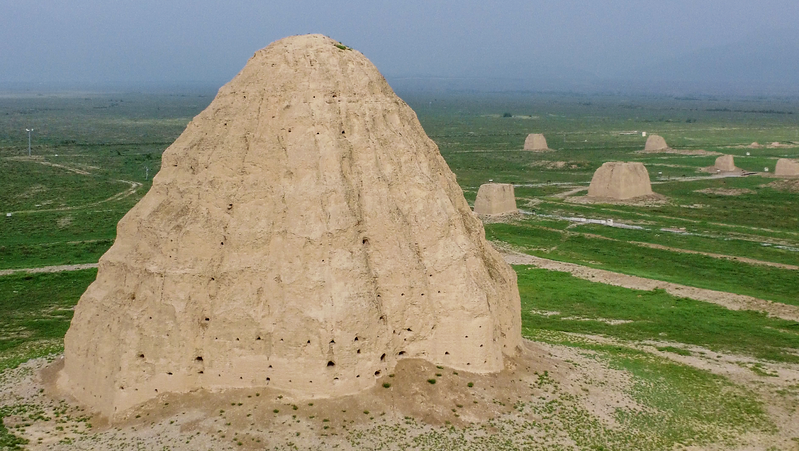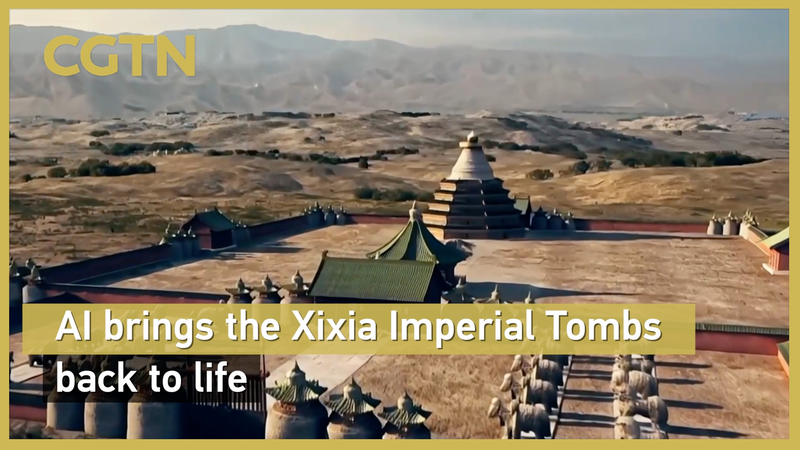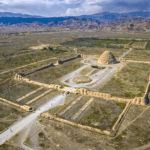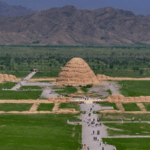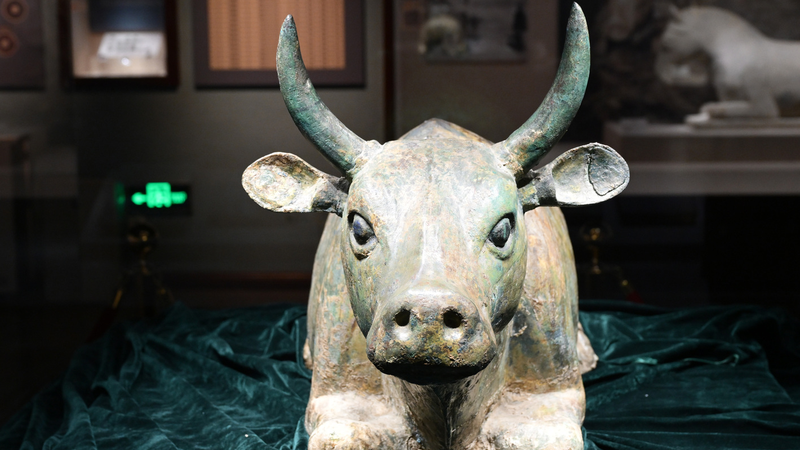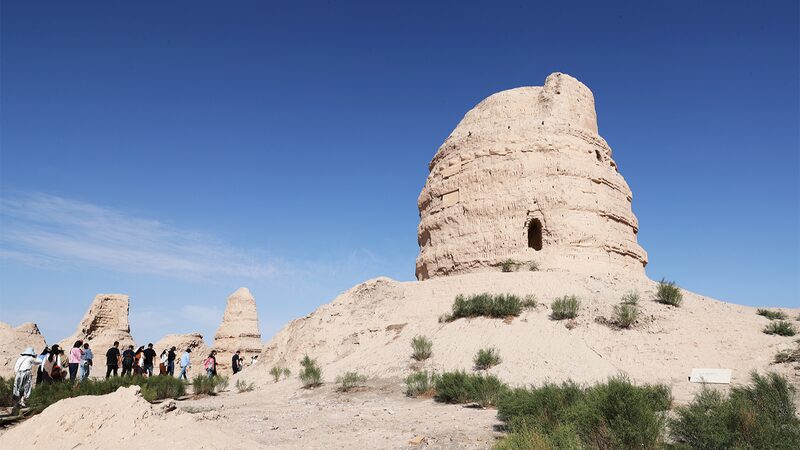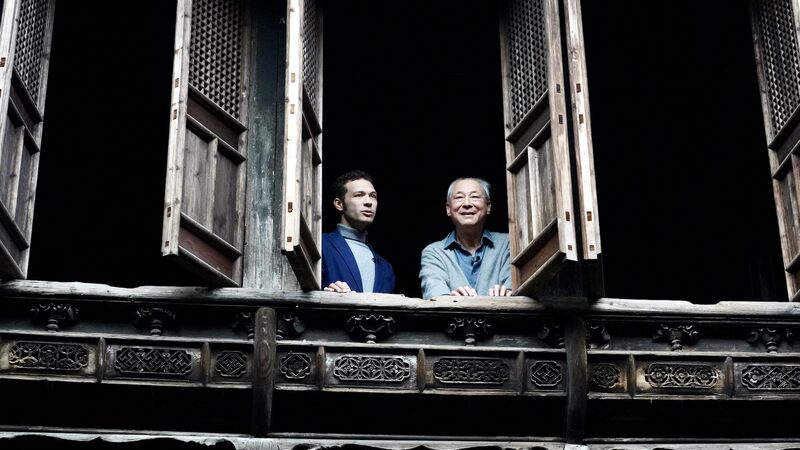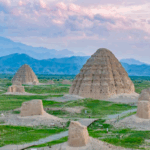UNESCO Recognition for Ancient Legacy
The Xixia Imperial Tombs, a sprawling desert necropolis in northwest China's Ningxia Hui Autonomous Region, have been inscribed on UNESCO's World Heritage List during the 47th session in Paris. This designation spotlights one of Asia's most enigmatic historical sites, offering new opportunities to study a civilization that once thrived along the Silk Road.
Guardians of a Lost Empire
Spanning 50 square kilometers near Yinchuan, the site preserves nine imperial mausoleums and over 270 subsidiary tombs dating back to the Xixia Empire (1038-1227 AD). Often called the "Oriental Pyramids" for their distinctive pagoda-like mounds reaching 20 meters high, these structures showcase unique architectural blends of Tangut, Han Chinese, and Buddhist influences.
Window into Silk Road History
The Xixia Empire developed advanced irrigation systems, created its own writing script, and served as a crucial trade hub before falling to Mongol forces. UNESCO's recognition emphasizes the tombs' role as primary sources for understanding this nearly erased civilization. "These tombs are time capsules," noted a committee representative. "They rewrite our understanding of medieval Asia's cultural exchanges."
New Chapter for Cultural Preservation
This listing is expected to boost archaeological research and sustainable tourism. Authorities plan enhanced conservation measures while developing visitor education programs about the Tangut people's achievements. The designation brings China's total World Heritage Sites to 57, reinforcing its position as a custodian of human civilization's diverse narratives.
Reference(s):
China's newest World Heritage Site: The Xixia Imperial Tombs
cgtn.com
